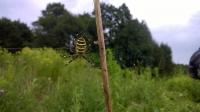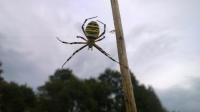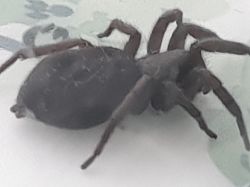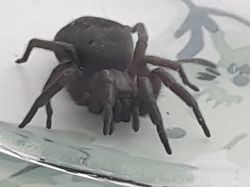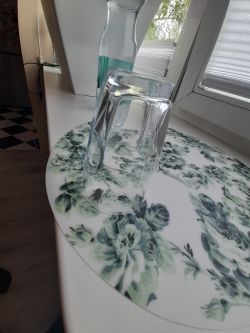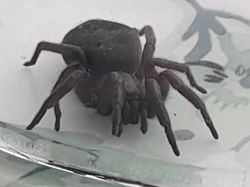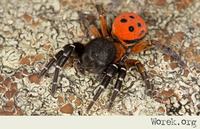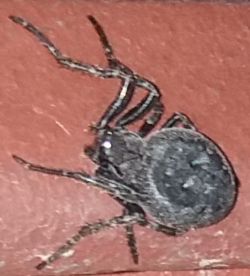I did not forget. Tiger is a casual with a cave spider. Meta Menardi - Anyway, he has already earned a Polish name - Jaskiniowy Net.
Tiger's toxin is delicate. The cave spider has a very blue venom because it is quite slow and would get away with anything. And when something works, it's 110% effective. Living in a cave and waiting for an opportunity, he can't afford to waste them. Evolution. The harder it is to hunt something, the more effective the hunter is.
In addition, the argiope is an invasive species from the south in Poland. Even 20-30 years ago, they were practically non-existent. Therefore, it is difficult to consider it "our" species.
Tiger's toxin is delicate. The cave spider has a very blue venom because it is quite slow and would get away with anything. And when something works, it's 110% effective. Living in a cave and waiting for an opportunity, he can't afford to waste them. Evolution. The harder it is to hunt something, the more effective the hunter is.
In addition, the argiope is an invasive species from the south in Poland. Even 20-30 years ago, they were practically non-existent. Therefore, it is difficult to consider it "our" species.



